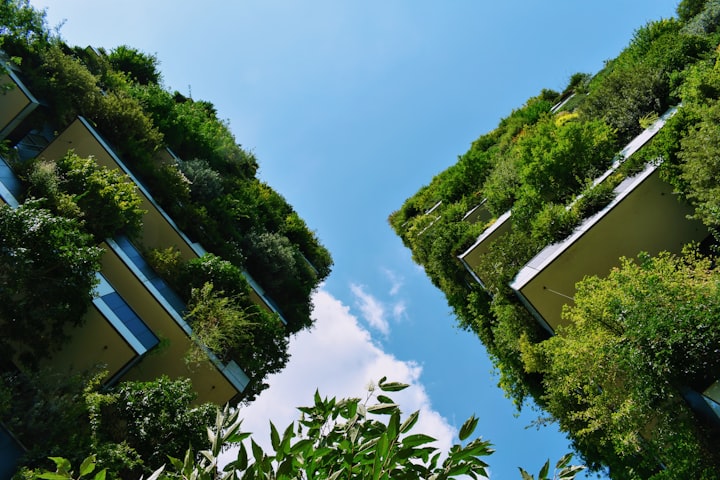Scope 3 Emissions in the Construction and Real Estate Sector: An Expert's Perspective on Supplier Dynamics Amidst the Urbanization and Sustainability Nexus
Uncover the intricacies of Scope 3 emissions in construction and real estate. Gain expert insights on supplier dynamics amidst the crossroads of urbanization and sustainability. A comprehensive look at the evolving landscape.

The construction and real estate sector, responsible for shaping our urban landscapes, stands at a crossroads of rapid urbanization and sustainability imperatives. As cities expand and infrastructures evolve, the sector's Scope 3 emissions become a central topic of discussion. This article offers a comprehensive exploration for sustainability specialists, delving into the intricacies of construction supply chains, the evolving demands of urban dwellers, and the regulatory framework that influences sustainable built environments.
1. Dissecting the Scope 3 Conundrum in Construction and Real Estate:
The sector's Scope 3 emissions are multifaceted:
- Material Sourcing: Emissions from the extraction, processing, and transportation of construction materials like cement, steel, and timber.
- Subcontracted Services: Emissions associated with third-party services, from architectural design to landscaping.
- Building Operations: Emissions from the energy consumption of buildings, including heating, cooling, and lighting.
- End-of-life: Emissions from the demolition, disposal, or repurposing of structures.
2. Supplier Dynamics: Building a Sustainable Future:
The construction supply chain is undergoing a green transformation:
- Green Building Materials: A shift towards eco-friendly materials that reduce the carbon footprint of structures.
- Energy-Efficient Design: Architectural and engineering innovations that optimize energy use in buildings.
- Waste Minimization: Practices that reduce construction waste and promote recycling and reuse.
3. The Evolving Urban Landscape:
Urbanization trends are reshaping the construction and real estate sector:
- Green Building Certifications: A growing demand for buildings that meet sustainability standards, such as LEED or BREEAM.
- Urban Green Spaces: The integration of parks, green roofs, and vertical gardens into urban designs.
- Sustainable Transportation: The development of infrastructure that supports walking, cycling, and public transit.
4. The Regulatory Blueprint:
The sector operates within a dynamic regulatory environment:
- Building Codes: Regulations that mandate energy efficiency, water conservation, and other sustainability measures in structures.
- Land Use Policies: Guidelines that influence urban planning, zoning, and development to promote sustainability.
- Carbon Pricing: Mechanisms that put a price on the carbon emissions associated with construction activities.
5. Laying the Foundation for a Green Urban Future:
For forward-thinking construction and real estate entities:
- Collaborative R&D: Joint initiatives focusing on sustainable construction techniques, smart city solutions, and urban resilience.
- Stakeholder Engagement: Dialogues with residents, city planners, environmentalists, and other stakeholders to co-create sustainable urban environments.
- Industry Alliances: Partnerships with material suppliers, tech innovators, and other stakeholders to drive the green construction agenda.
In Summation:
The construction and real estate sector, while instrumental in shaping our urban habitats, faces the profound challenge of creating spaces that are both functional and sustainable. As it grapples with its Scope 3 emissions, the sector is also championing innovations that promise a future of green urban landscapes. For sustainability experts, the construction and real estate domain offers a dynamic blend of challenges and opportunities, a theater where design meets ecological responsibility. With strategic planning, collaborative endeavors, and a commitment to green innovation, the sector can lead the way in crafting urban spaces that harmonize with nature.




Comments ()